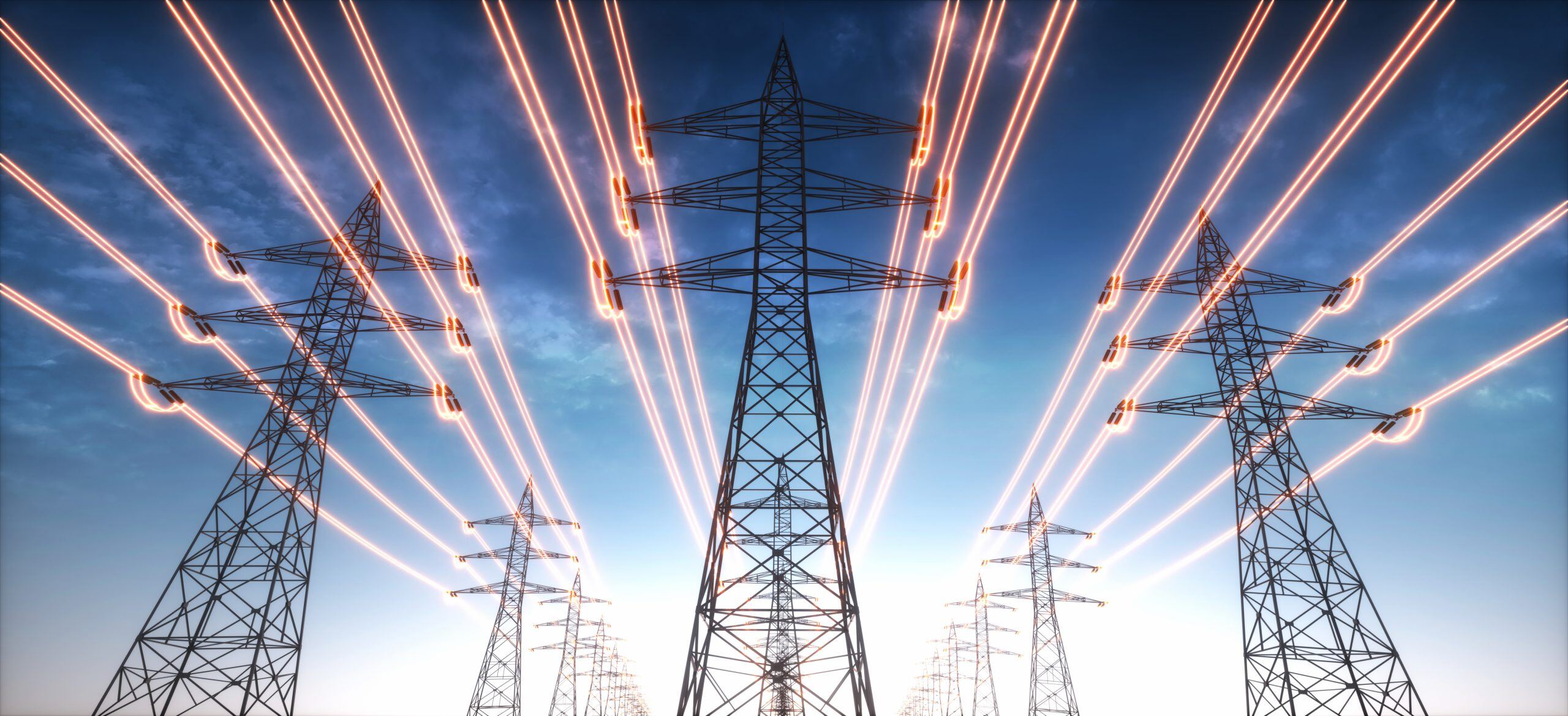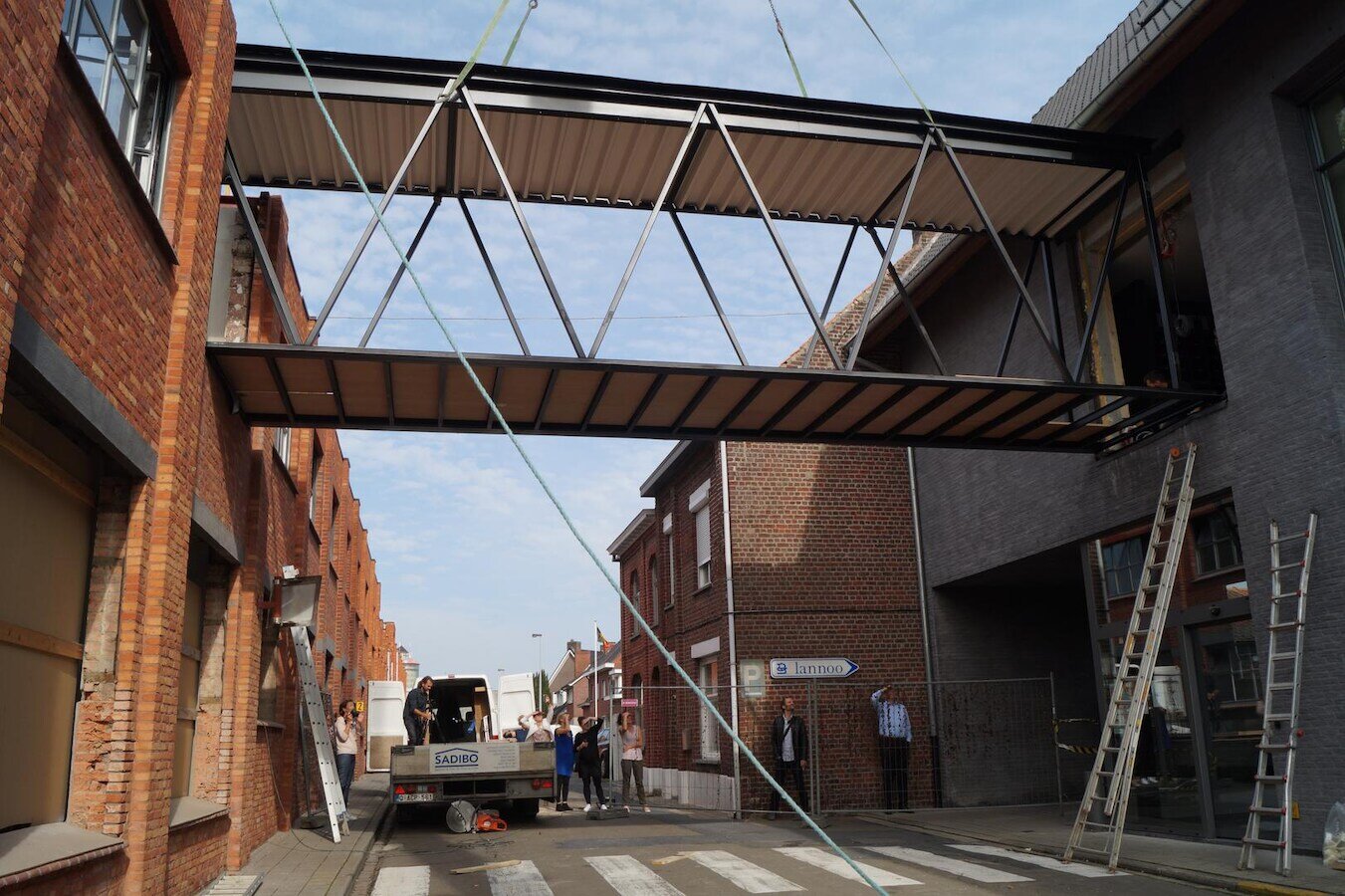
Driving energy costs down
Beyond pessimism:
A Positive Outlook on the Energy Transition
There’s no need for pessimism when it comes to the green energy transition. Renewable energy is cheaper and safer than any alternative, and we already have the technological solutions to address the grid imbalance problem.
The solution lies in managing the peaks—adapting our consumption to align with the abundance of renewable energy supply. At CIOC Energy, we believe that we don’t need massive, costly infrastructure overhauls. Instead, by rethinking flexibility within the grid’s current limitations and applying proven bottleneck management principles from other industries, we can solve the problem efficiently.
We focus on medium and large businesses because they hold the key to balancing the grid:
- They have sizable transformers capable of managing significant energy flows.
- They consume large amounts of energy that can be ramped up or down to respond to price signals.
- Their powerful transformers can even inject energy back onto the grid when needed.
The key enabling technology here is battery storage. By combining battery systems with smart energy management, we:
- Load batteries with the cheapest possible energy, either from on-site production or the grid.
- Align local consumption with low-cost periods of energy abundance.
- Maximize transformer capacity during strategic trading windows to balance the grid and generate revenue.
The Problem: A Grid That Can’t Keep Up
Imagine waiting up to 15 years to connect a new solar farm to the electricity grid. In some places, that’s the current reality. The grid doesn’t have enough capacity to handle the growing demands of our energy system.
Two powerful forces are driving this grid crisis:
- Unstable Electricity Generation: We’re transitioning from stable sources like coal and nuclear to intermittent sources like wind and solar.
- Exploding Electricity Consumption: Demand for electricity is expected to triple in the next 20 years, driven by:
- Electric vehicles (EVs)
- Electric heating (heat pumps)
- Energy-hungry data centers
- Growing use of air conditioning
For 20 years, electricity consumption remained flat. Now, it’s surging—at a time when generation has become less predictable. The grid’s infrastructure can’t handle it: the wires aren’t thick enough, and generation isn’t stable enough.
Cost of Flexibility vs Return on Flexibility
While energy flexibility offers enormous potential, achieving maximum return requires a careful balance between costs and performance. At the heart of everything lies battery storage technology. Understanding the full cost and return of flexibility is critical for creating sustainable, high-impact energy solutions.
Infrastructure and Financing Costs
Deploying battery infrastructure requires upfront investment. Two key cost factors come into play:
- Infrastructure Cost Per Battery Cycle: Batteries have a finite number of charge-discharge cycles. Each cycle contributes to gradual degradation, so the value extracted must outweigh its cost.
- Financing Cost: Capital investment often includes financing costs, which must be factored into ROI calculations.
Battery Usage Profile vs Battery Lifetime
Battery performance and lifetime depend on usage profiles. Deep discharges may provide short-term returns but shorten battery lifespan. In contrast, strategic shallow cycling extends battery life while maintaining profitability.
To address this, we emphasize deep integration with battery health systems to monitor performance in real time and maximize value for each cycle.
Grid Fees for Off-Take and Injection
Batteries draw energy from the grid (off-take) and inject energy back onto the grid during trading windows. Both activities can incur grid fees. Optimized systems will:
- Minimize off-take costs by charging during low-price periods.
- Strategically inject energy during high-price windows to unlock revenue.
The Bottom Line: Return-Per-Cycle Maximization
High-impact energy steering revolves around the battery. Every charging and discharging decision must optimize cost, performance, and battery longevity. At CIOC Energy, we design solutions to:
- Integrate deeply with battery health systems for real-time monitoring.
- Steer energy intelligently to align with price signals and grid needs.
- Deliver the highest return per cycle for businesses.
What is Energy Flexibility?
Energy flexibility enables businesses to adjust or shift energy consumption to align with grid needs and pricing signals. This flexibility falls into two main categories:
1. Implicit Flexibility: Save by Avoiding Peak Costs
Implicit flexibility relies on time-of-use tariffs, where energy prices fluctuate based on demand.
For example, energy prices during peak hours (4–7 PM) can be significantly higher than off-peak hours. With our software, businesses can shift consumption away from these costly periods, achieving substantial savings.
- Shifting just 10% of peak consumption can reduce energy bills by up to 15%.
- It also reduces carbon emissions since peak hours rely on gas-fired plants, the most carbon-intensive part of the grid.
2. Explicit Flexibility: Get Paid to Reduce Consumption
Explicit flexibility involves businesses responding to unexpected surges in grid demand. In these cases, the grid pays businesses to reduce their energy use temporarily.
For instance:
- A factory can briefly reduce non-critical machinery use.
- A building can turn off HVAC systems or water boilers for short periods without affecting operations.
By acting strategically, businesses can earn significant compensation from grid operators while helping stabilize the grid.
Why Medium and Large Businesses?
Medium and large businesses are uniquely positioned to lead the way in energy flexibility:
- They have large energy loads that can be adjusted to match pricing or grid needs.
- Their transformers can play a key role in grid balancing by managing flows or injecting energy back onto the grid.
At CIOC Energy, we help businesses unlock this potential with smart software and integrated battery solutions.
The Future of the Smart Grid
We are at the start of a revolution in energy management. As electricity demand grows and generation becomes less predictable, flexible consumption will be critical for balancing the grid and enabling the energy transition.
Medium and large businesses that embrace energy flexibility can:
- Reduce energy costs.
- Lower carbon emissions.
- Generate revenue through grid services.
- Support a cleaner, more reliable energy system.
At CIOC Energy, we’re making this future a reality by empowering businesses to lead the way in energy flexibility.

